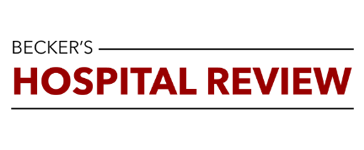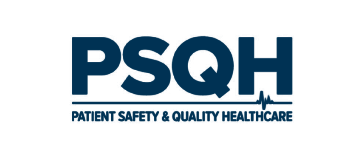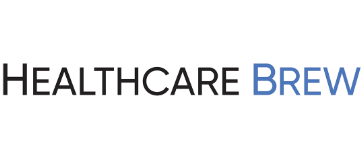It’s no secret that health care organizations routinely engage in a delicate balancing act. It’s one that has them carefully considering their efforts to improve patient experience and care alongside their need to maintain optimal profitability.
Supply chain costs consistently emerge as a critical component in every discussion around sustaining this equilibrium. In recent years, physician preference items (PPI) have become a particularly hot topic of conversation. It’s understandable — various PPI selections account for 40% to 60% of total supply costs for most hospitals. Simultaneously, supply chain inefficiencies nationwide can lead to $5 billion of wasted products each year.
Consequently, health care organizations must find ways to control expenses and streamline their supply chains. Fortunately, a 5-step process to optimize PPI can help C-suite leaders reduce costs while still ensuring physicians get the tools they need.
1. Collect and Organize Data
PPI items span a wide range of categories, and costs often exceed millions of dollars. To grasp the full picture of their PPI spending, purchasing managers must organize and analyze their PPI cost and use data.
For most PPI items, grouping usage data by product category and vendor is enough to streamline the process. However, larger categories, such as total joint or spine management, require an additional step. Organizing this data by patient can shed light on which physicians use which products the most. This strategy reveals the conditions that use PPI items most often, as well as the manufacturers and unit costs.
Implementing RFID (radio-frequency identification-based technology) to track and maintain analytics on individual products across systems can be an effective cost-controlling tactic. With this chip technology, purchasing managers can more easily target their cost-saving efforts on specific product categories, manufacturers and even individual clinicians.
2. Compare Products
If physicians are committed to specific PPI items, comparing price data between health systems can reveal possible price-saving targets. Third-party subscription-based software platforms frequently have this information, making it easier for facilities to collect.
Facilities can benchmark their costs against what other health systems spend by searching for a product identification number assigned by the manufacturer. By incorporating details about their facility’s current volume, usage and spending, purchasing managers can create savings goals that may not require physicians to switch PPI.
3. Engage Physicians
As the name implies, personal preference drives which PPI physicians select. Through daily use, they develop valuable familiarity and expertise with specific products. Consequently, including providers in the supply chain decision-making process can lead to financial rewards.
Providers choose their PPI in one of two ways. They may naturally gravitate to items based on personal experience, or sales representatives may nudge them in certain directions. It means physician choices may not always be best for facilities. However, it’s important for physicians to feel their voices are heard as part of organization-wide PPI decisions.
To implement PPI changes, hospital administrators and purchasing managers need physician buy-in. They can accomplish this in two ways. Facilities can launch PPI evaluation committees comprised of physicians who review performance and cost data and make decisions for the system as a whole. Or hospital leaders can present providers with detailed, accurate pricing data so physicians can make informed selections and support upcoming changes. Providing transparent pricing information can engender physician trust and ensure they feel like valued partners in decision-making.
4. Negotiate Prices
Securing the best price for PPI is critical to controlling supply chain costs. However, successfully landing on the optimal price tag isn’t an easy process. Vendors routinely protect their profit margins while hospitals focus more on maintaining high-quality patient care. Regardless, pursuing new contracts or renegotiating existing ones can help facilities pare down their supply chain expenses.
Benchmarked price data can help with this process. Hospital administrators and purchasing managers must enter these negotiations armed with spending details from other hospitals, as well as current and target costs. With these analytics, they can capture the best prices and savings from manufacturers.
5. Review Pricing
During negotiations, every item matters. Focusing on the most heavily used PPI can be easy, but ignoring the more rarely used items can be financially dangerous. Hospital administrators and purchasing managers must remember to review every item listed in a contract.
Manufacturers commonly make pricing concessions on frequently used PPI while up-charging for other items that may be more expensive already. A line-item review of products included in a contract can ensure a facility has negotiated lower pricing across the board.
The Advantus Difference
As an industry supply chain management leader, Advantus Health Partners offers a level of service unavailable with other group purchasing organizations (GPOs). We’re the first GPO to include PPI in our member contracts. And we assume responsibility for negotiating PPI costs. Not only does this limit the time a member’s team must invest in value analysis and conversations with manufacturers, but it also guarantees reduced prices with clinically superior suppliers .
Our Clinical Transformation team, led by a board-certified surgeon, engages physicians as vital players in supply chain innovation. By using physician collaboration, along with an intensive review of quality standards and best practice guidelines, Advantus only contracts for the highest quality products with the best price. As a result, we save our members money and help them meet their clinical quality benchmarks.
If you’re interested in streamlining your supply chain and controlling your PPI expenditures, contact us today to schedule a free consultation.










